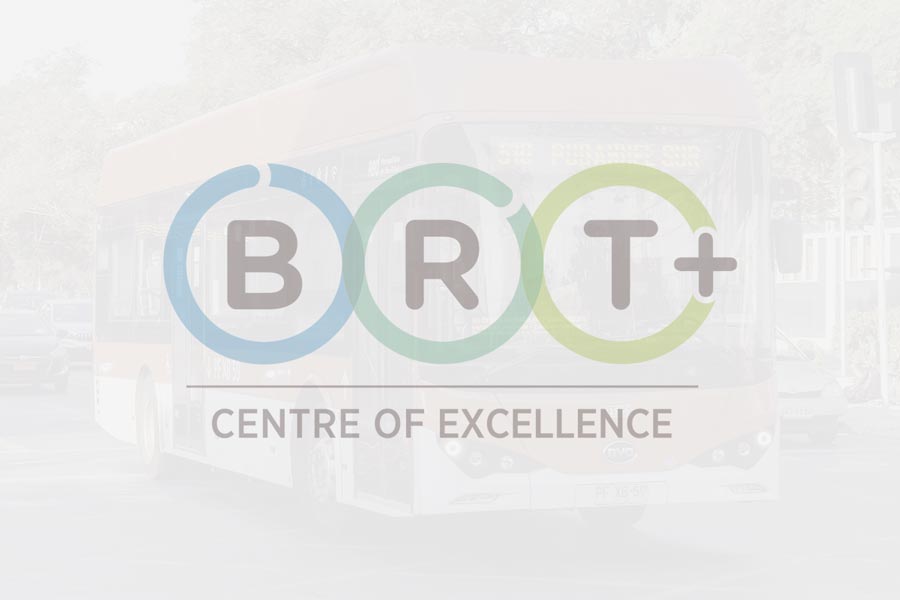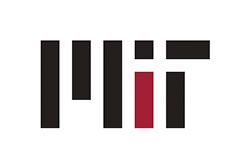Opinion Pieces: since 2007, Prof. David Hensher has written an opinion column in the Australasian Bus and Coach magazine, where he monthly discusses a lot of different transport-related hot topics. In this section we are revisiting these columns.
April 2010
The ongoing commitment to contracting the delivery of bus services through competitive tendering or negotiated performance-based contracts has been accompanied by as many contract payments schemes as there are contracts. With the accumulation of experiences throughout the world, are we in a position to identify a few key features of the diverse suite of payment formulae to establish a simplified and generic payment formula that can capture the great majority of ‘desirable’ characteristics from a social and a commercial perspective?
Talking with many operators and some regulators throughout Australia, there is support for a simplified payment formula; however what this might be is the big question, and the big challenge. What all agree with is the desire to reduce the number of variations that are inextricably tied in with voluminous documents penned by lawyers on what the deal is and is not. The administration and transactions costs are unnecessarily high for all parties. One operator has said to me that an average cost per kilometre is all we need, that sensibly allows for differences across operators that are either not under the control of the operator (e.g., traffic congestion), as well as local environmental restrictions.
Candidate options can be classified as: (i) A pure cost-based model associated with cost per kilometre and no incentives, (ii) A hybrid model based on patronage allocation and residual cost per kilometre without incentives, (iii) a pure cost-based model with incentives, and (iv) a hybrid model with incentives.
A pure cost-based model associated with cost per kilometre is typically a conversion of a total cost, and is determined by operating conditions and efficiency of scheduling. It is often calculated as a function of some key cost sources – operating conditions such as average peak speed, spread of service hours over each weekday and weekend, and vehicle utilisation*, dead running time, fleet financing (although this should be of relevance only under economic deregulation since the contract under competitive regulation should have agreed terms of depreciation, risk and economic life of assets), and scheduling efficiency issues such as layovers between trips, which are often influenced by the degree of union influence in scheduling, but it is likely to affect vehicle scheduling as well.
Patronage and service kilometre incentive payments also exist in a growing number of contracts, and are based on a range of approaches. In simple terms, the patronage incentive payment should be linked to growth in patronage above an agreed benchmark; and service kilometres must be related to some gain in patronage otherwise it is an inefficient cost driver.
One very appealing proposition is as follows:
1. The Authority would define the budget for the services, set minimum standards and a growth target. The minimum standards would be based on passengers per kilometre. Bidders or negotiators would have data on the current services and patronage. If it is a negotiated context then the incumbent is the same as the negotiating operator; if it is a competitive bid then that is not the case).
2. The offers would be in the form of required compensation per passenger. This amount would be indexed for both monetary changes (standard indices) and operating speed (based on average timetabled speed), spread of service hours and bus utilisation, given that these latter three context-specific influences not under the control of the operator are key drivers of the differences in gross cost per service kilometre.
I welcome suggestions from operators and regulators who must be asking similar questions, and hopefully have some clues as to what the answer(s) might be.
Food for thought
* Similar to the cost allocation formula used to use for costing contracts in Britain before competitive tendering, which allocated costs according to three variables – bus km, bus hours and peak vehicle requirement.
¿Comments? ¿Opinions? ¿Similar News? Send them to us!













